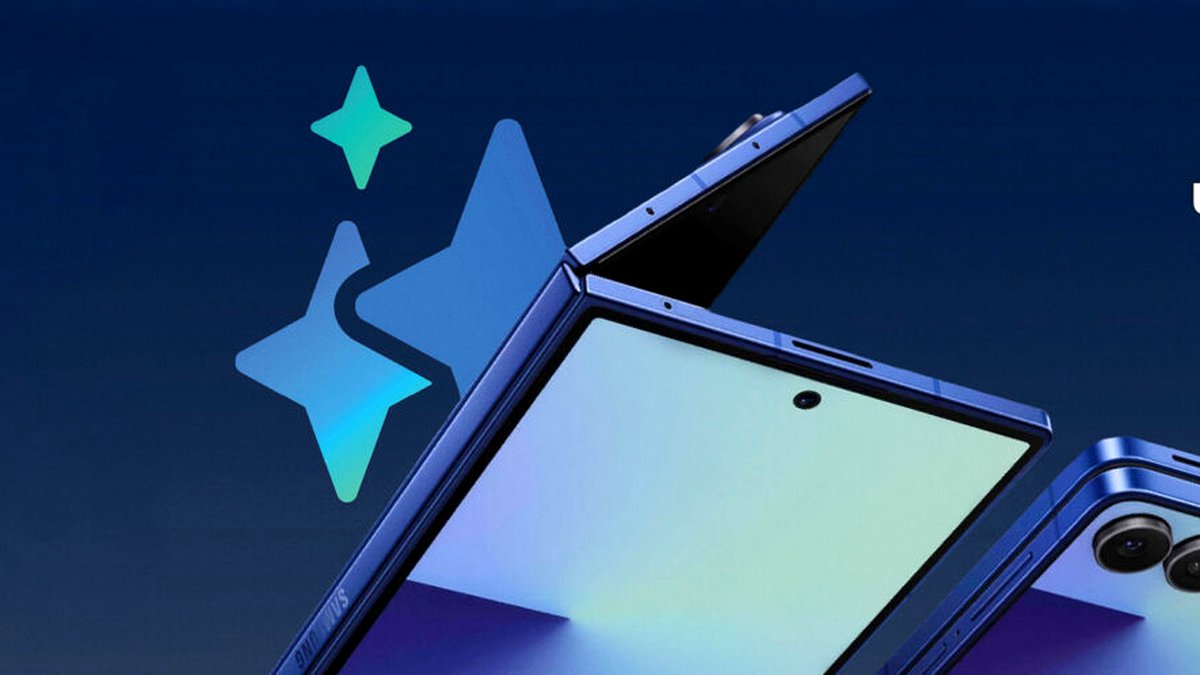Market Context and Competitive Landscape
The resurgence of Steam Deck 2 rumors arrives at a critical juncture for the x86 handheld gaming market. While Valve has remained characteristically silent about successor plans, industry speculation has intensified around potential AMD Zen 6 integration and expanded product offerings. This timing coincides with unprecedented competitive pressure from manufacturers launching their own next-generation devices.
Current market dynamics reveal a fascinating pattern: MSI's Claw A8 preorders have begun in Europe, ASUS prepares ROG Xbox Ally variants for holiday releases, and Lenovo's Legion Go 2 prototypes surface in Chinese markets. Against this backdrop, hardware leakers suggest Valve is developing both handheld and home console variants utilizing AMD's forthcoming architectural improvements.
Technical Architecture Evolution
The technical implications of a potential Zen 6-powered Steam Deck represent more than incremental performance gains. Moving from the current device's Zen 2+ foundation to Zen 6 architecture would deliver fundamental improvements in power efficiency, computational throughput, and integrated graphics capabilities. Early speculation points to AMD's "Aerith Plus" APU designations appearing in shipping manifests, though industry experts caution against drawing definitive conclusions from logistics documentation.
This architectural leap addresses persistent criticisms of the original Steam Deck's performance limitations in demanding modern titles. The current 6nm APU based on older architecture struggles with contemporary games, creating market opportunities for competitors offering more recent silicon implementations.
Strategic Market Positioning Analysis
Valve's potential dual-product strategy reveals sophisticated market analysis. Developing both portable and stationary gaming devices simultaneously would position the company to compete across multiple consumer segments while leveraging shared development resources. The home console concept particularly intrigues industry observers, as it would represent Valve's first dedicated living room gaming hardware since the discontinued Steam Machine initiative.
This approach mirrors successful strategies from other technology companies that expand successful portable products into home variants. The shared SteamOS foundation would enable seamless game compatibility between devices while potentially reducing development complexity for both hardware and software teams.
Industry Timing and Competitive Response
The timing of these rumors suggests coordinated industry movement toward next-generation handheld specifications. Multiple manufacturers appear to be preparing 2025 product launches featuring similar performance targets and feature sets. This convergence indicates market maturation around specific technical capabilities and consumer expectations.
Valve's historical product development patterns suggest lengthy internal testing phases before public announcements. The company's emphasis on hardware refinement over rapid iteration cycles means any Steam Deck successor likely underwent extensive validation before rumors reached public forums. This methodical approach contrasts sharply with competitors announcing products months before availability.
The competitive landscape has transformed dramatically since the original Steam Deck's launch. Today's market features multiple viable alternatives with comparable or superior specifications, forcing Valve to differentiate through software optimization, ecosystem integration, and strategic pricing rather than hardware exclusivity alone.
Sources
- PC Guide: "Steam Deck 2 rumors fire up again, plus talks of a Valve SteamOS console powered by Zen 6 by Charlie Noon"
- NotebookCheck: "Valve Steam Deck 2: Leaked AMD 'Aerith Plus' APU sparks Deck successor speculation, though questions linger by Sambit Saha"
Note: All sources have been verified for accuracy and editorial standards compliance.
